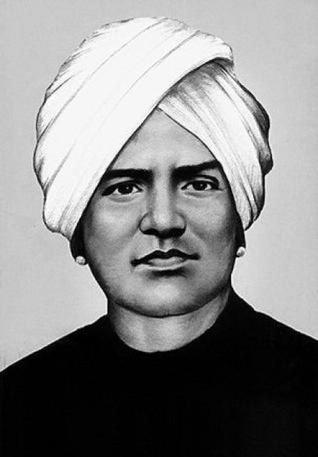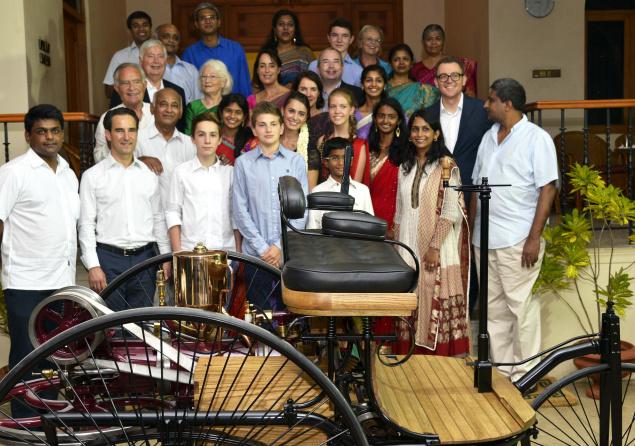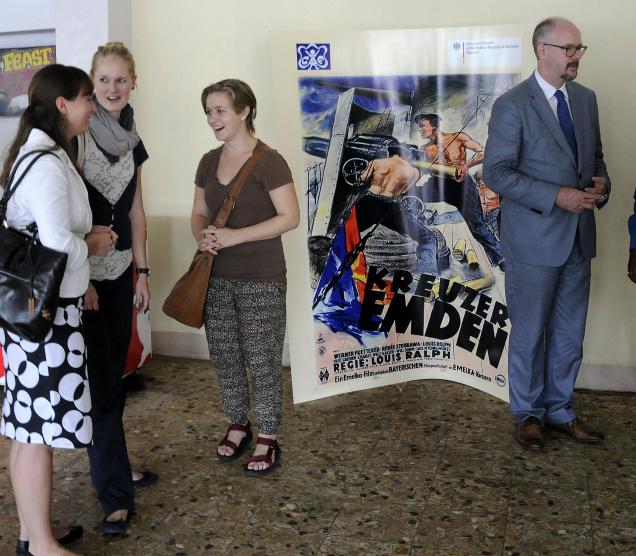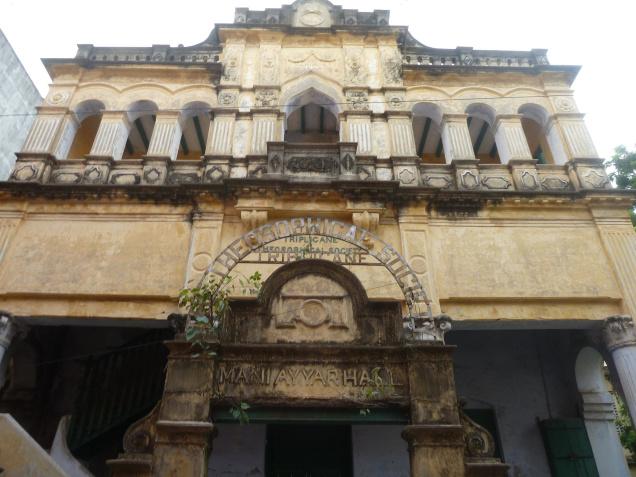
The Kotagiri based Nilgiri Documentation Centre (NDC) has pointed out that 2014 marks the death centenary of a pioneering Dravidian leader who had his roots in the Nilgiris.
Stating that not many are aware of this, NDC Director Dharmalingam Venugopal has in a statement issued here on Wednesday pointed out that Pandit Iyothee Thass (1845-1914), who was born in Coimbatore, was brought up in the English household of George Harrington in Ooty. His father worked for the Harringtons. Thass was originally named Kathavarayan.
Tamil scholarThass became a well known Siddha practitioner and Tamil scholar with expertise in the traditional knowledge on astrology and palm-leaf manuscript reading. In 1870, Thass founded Adhvaidhananda Sabha in Ooty. In 1891, he established an organisation called the Dravida Mahajana Sabha, and organised the first conference at Ooty. In that conference, 10 resolutions were passed including the one on enacting a criminal law to punish those who humiliated untouchables, creating separate schools and providing scholarships for matriculation education for untouchable children; providing employment for educated untouchables, and representation for untouchables in District Boards and Municipal Boards.
In 1898, Thass visited Sri Lanka and converted himself to Buddhism under the influence of Colonel Olcott of Theosophical Society and founded ‘The Sakya Buddhist Society’ at Royapettah, Madras. In 1907, Thass launched his journal ‘Oru Paisa Tamilan’ as an organ of this organisation.
After a year the name was changed to ‘Tamilan’. It was edited, published and owned by Thass. The average circulation of the weekly was 500. The ‘Tamilan’ is considered the most renowned journal in Dalit print history because of its rich content and ideology.
In 1881, when the colonial Government planned to carry out the second census, Thass gave a memorandum to the Government requesting that the people of depressed classes in Tamil speaking land should be considered as Adi-Tamilar and not as Hindus.
Thass died in 1914. The institute for Siddha Research in Chennai is named after him.
source: http://www.thehindu.com / The Hindu / Home> News> Cities> Coimbatore / by Special Correspondent / Udhagamandalam – November 13th, 2014


